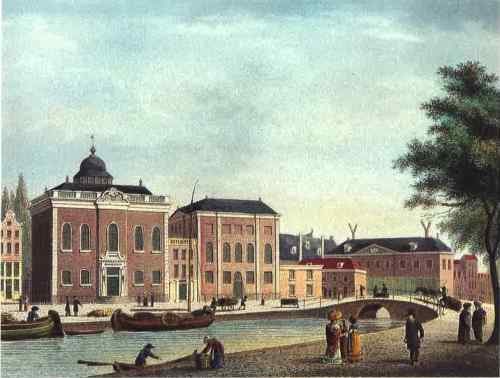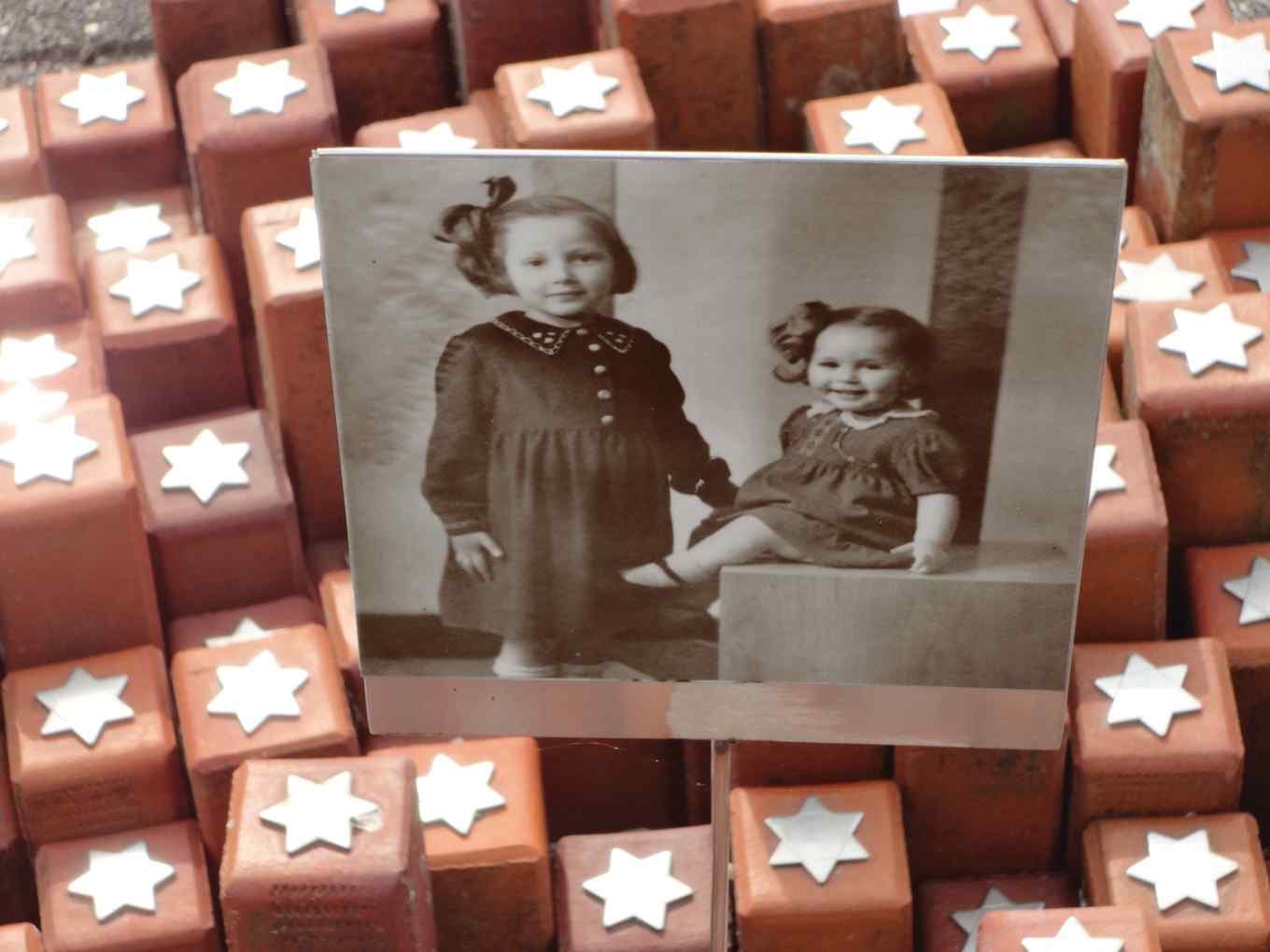From Prosperity to Persecution: 500 Years of Jewish Life and Death in Holland
An April 15 slide lecture by Gary Schiff, a professor of history and cantor for Chestertown’s Havurah, will chronicle the history of the Dutch Jews from the Golden Age of the 1600s to the horrors of the Holocaust.

From Prosperity to Persecution: 500 Years of Jewish Life and Death in Holland

An April 15 slide lecture by Gary Schiff, a professor of history and cantor for Chestertown's Havurah, will chronicle the history of the Dutch Jews from the Golden Age of the 1600s to the horrors of the Holocaust.
CHESTERTOWN, MD—The 500-year history of the Jews in Holland, from their early flourishing in that country's Golden Age of Mercantilism in the 1600s to their exceptionally ruthless destruction during the Nazi occupation of the 1940s, will be the subject of an April 15 slide-lecture by Washington College adjunct professor of history Gary Schiff. Entitled, “In Search of Dutch Jewry: Mokum and Mediene,” the talk will take place that Wednesday at 5:00 p.m. in Hynson Lounge, Hodson Hall, on the Washington College campus. The event is free and open to the public.
Schiff will begin with the early settlement of Sephardic (Spanish/Portuguese) Jews in Holland beginning in the late 1500s, when the newly independent and Protestant Netherlands instituted freedom of religion and attracted Jewish refugees from the Inquisition. As experienced international merchants, they thrived in what was then the capital of world trade, Amsterdam. They were soon followed by an even larger number of Ashkenazic Jews from Central and Eastern Europe.
In this “Jerusalem of the West,” Jews found religious freedom, economic opportunity, and cultural creativity, and they freely mingled with all levels of Dutch society. Amsterdam became known as “Mokum,” Yiddish for “The Place,” a moniker still widely used today. At the same time, Jews were living in many other Dutch cities and towns all across the countryside, known as the “Mediene,” where they developed a quieter lifestyle. In depicting these strata of Dutch Jewish life, Schiff includes not only Jews who thrived economically, founding such internationally known companies as Unilever, but also the working class and poor who benefited from a network of renowned social service agencies and labor unions.
Holland's invasion by neighboring Nazi Germany in May 1940 spelled doom for Dutch Jewry. Contrary to the popular belief that the Dutch were especially protective of the Jews, Schiff will explain how Holland had by far the worst record of any country in Western Europe in this regard. With some notable exceptions, many Dutch citizens were indifferent or outright complicit in isolating, rounding up, expropriating and deporting the Jewish population. As a result, some 110,000 out of the country's 140,000 Jews were deported to Nazi death camps and only a few thousand returned. Schiff will conclude with insights about the 35,000 Jews living in Holland today.

Sponsored by the Washington College Department of Philosophy and Religion, “In Search of Dutch Jewry” is Schiff's seventh annual lecture on a major Jewish community in Europe. He previously explored Spain, Germany, Poland (which led to the publication of his book, In Search of Polin: Chasing Jewish Ghosts in Today's Poland), France, England, and Italy. He is planning a trip to Portugal this summer.
Schiff, who holds a Ph.D. from Columbia University, is a former president of Gratz College in Philadelphia. He serves as cantor and religious leader of the Chestertown Havurah, or Jewish community.